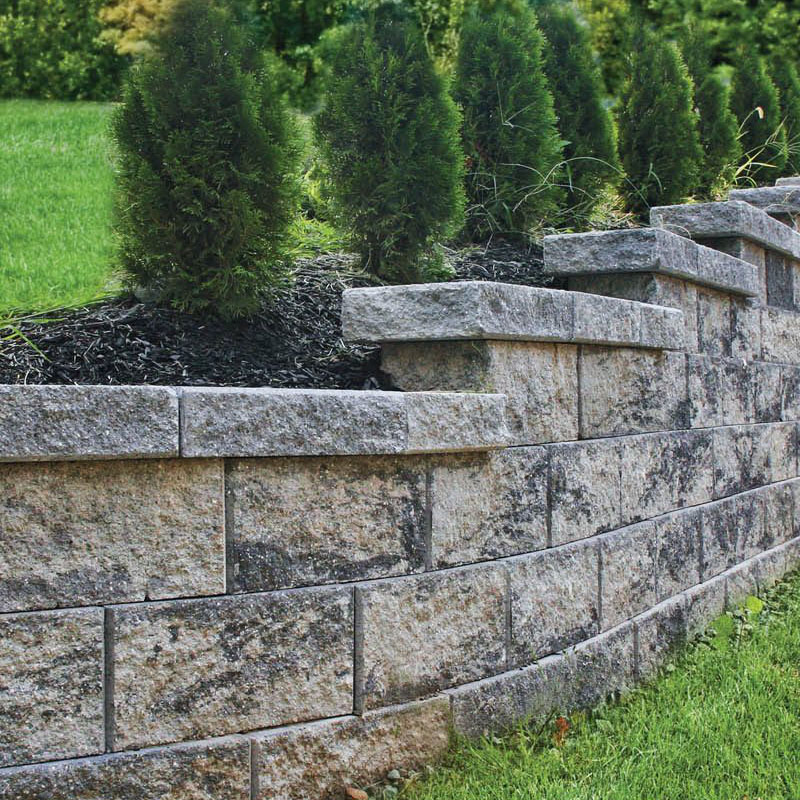Retaining Walls
Retaining walls are structures built to hold back soil, rocks, or other natural materials and prevent them from sliding or eroding away.
Retaining Walls
Retaining walls are structures built to hold back soil, rocks, or other natural materials and prevent them from sliding or eroding away. They are an essential component of modern landscape design and can serve various purposes, including preventing soil erosion, supporting slopes, and creating flat areas for landscaping or outdoor living spaces.
Retaining walls come in various shapes, sizes, and materials, and can be as simple as a stack of interlocking blocks or as complex as a reinforced concrete wall. The choice of material and design depends on the function and style of the wall, as well as the budget, local building codes, and the surrounding environment.
The most common materials used for retaining walls are concrete, masonry, wood, and interlocking blocks. Concrete retaining walls are ideal for large and heavy loads, while masonry walls are a good option for traditional and natural-looking walls. Wood retaining walls are economical and easy to install but may rot or decay over time and need to be regularly maintained. Interlocking blocks, such as segmental retaining wall (SRW) systems, are versatile and can be used for various wall heights and designs, and are available in a variety of colors and textures.
Designing a retaining wall requires careful consideration of several factors, including the height and length of the wall, the type of soil and materials being retained, the slope of the land, and the water flow. An engineer should be consulted to determine the appropriate wall design and materials for a specific site, as well as to ensure that the wall meets local building codes and safety requirements.
Proper installation is critical to the long-term stability and performance of a retaining wall. It is essential to prepare a solid base for the wall and to ensure that the wall is level and plumb. Proper drainage and backfill should also be installed to prevent water from seeping behind the wall and causing damage or instability.
In addition to their practical functions, retaining walls can also be a beautiful and functional addition to a landscape. By incorporating various textures, colors, and materials, retaining walls can blend in with their surroundings or become a focal point of the landscape. Some retaining walls can also be used as seating walls, planters, or steps, adding to the versatility and functionality of the wall.
Overall, retaining walls are an important tool for controlling and managing soil erosion and slope stability in modern landscapes. With proper design and installation, retaining walls can serve both functional and aesthetic purposes and add value to a property for many years to come. Whether you are looking to improve the look of your property, create more usable outdoor space, or protect your home from soil erosion, a retaining wall can be a valuable investment.


